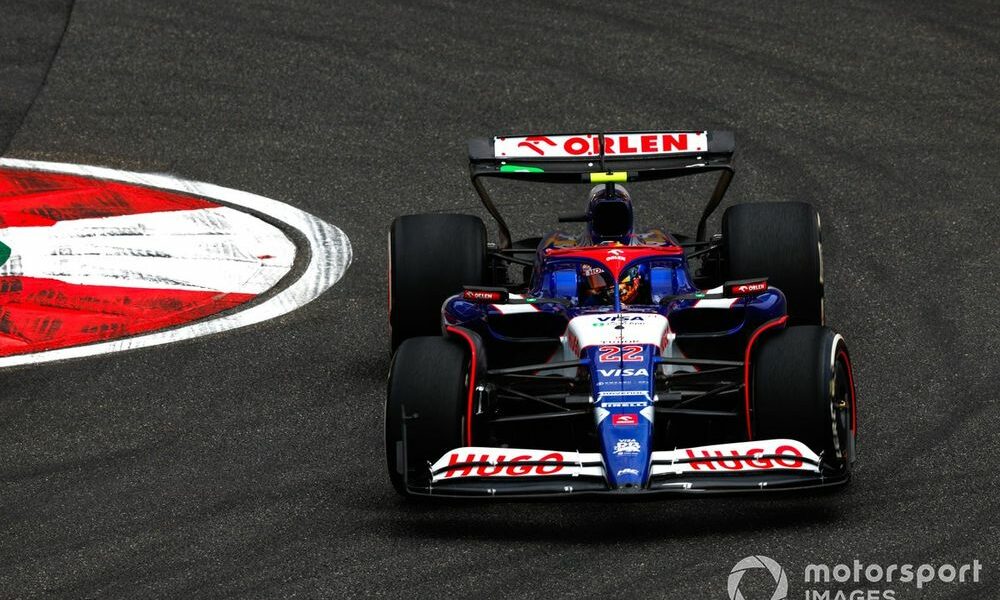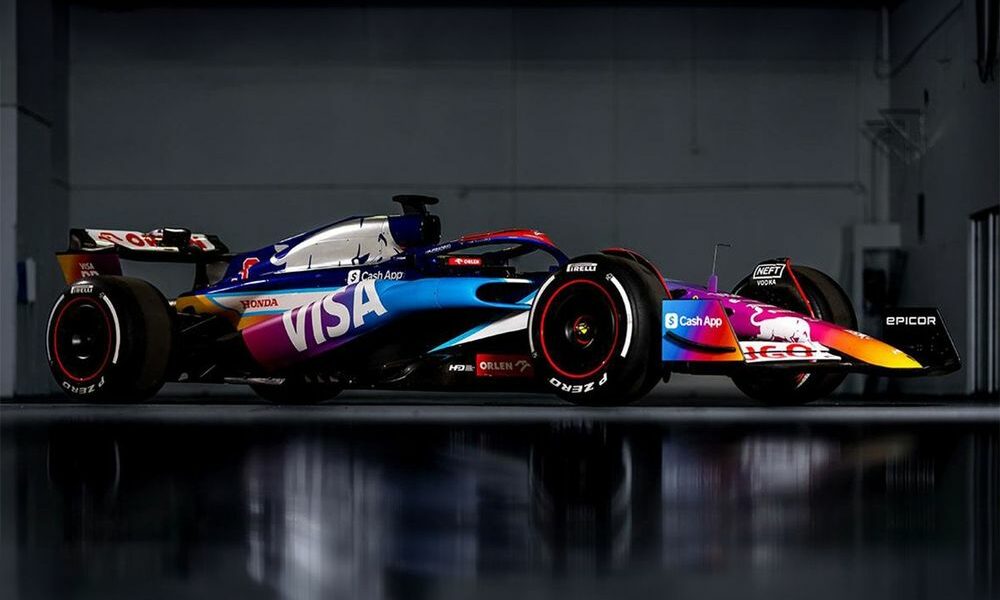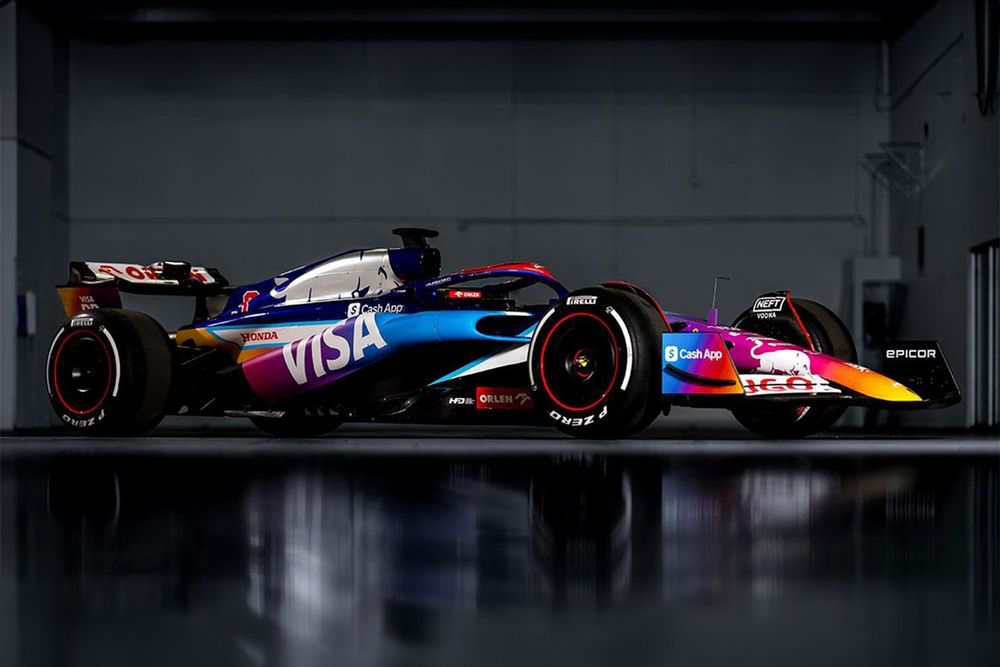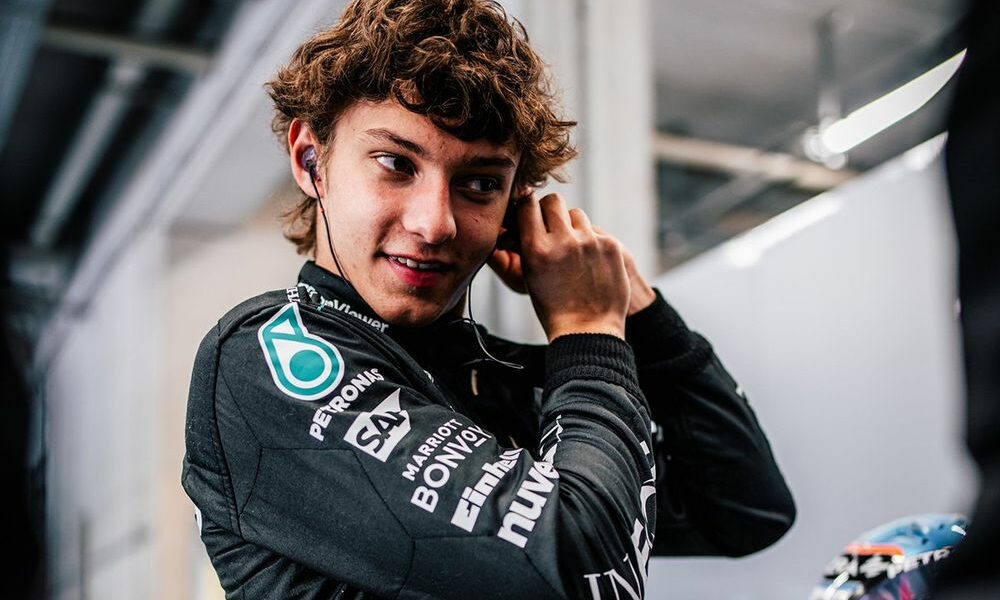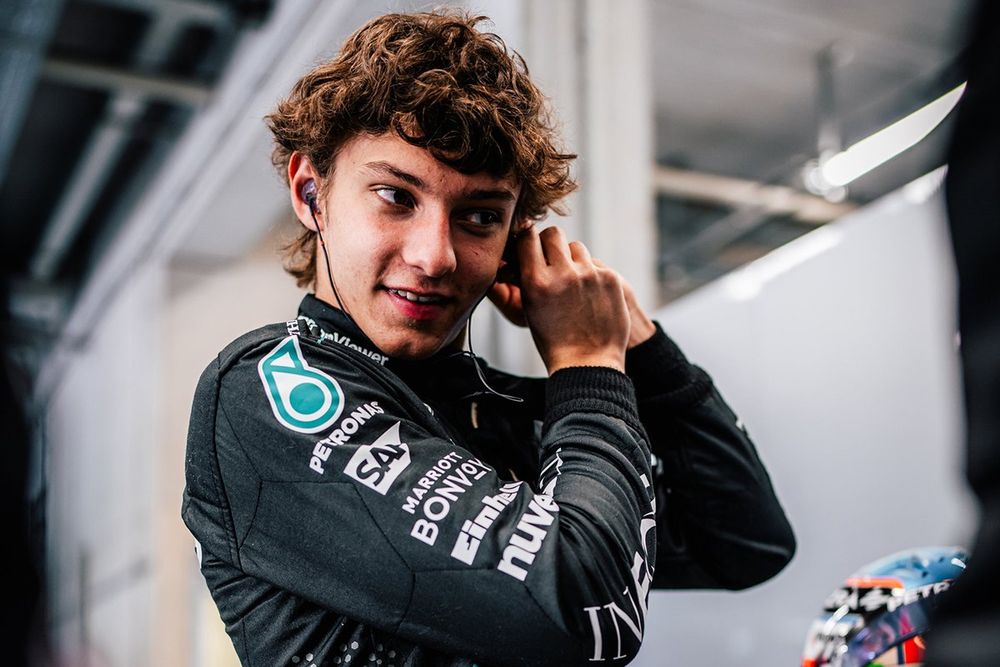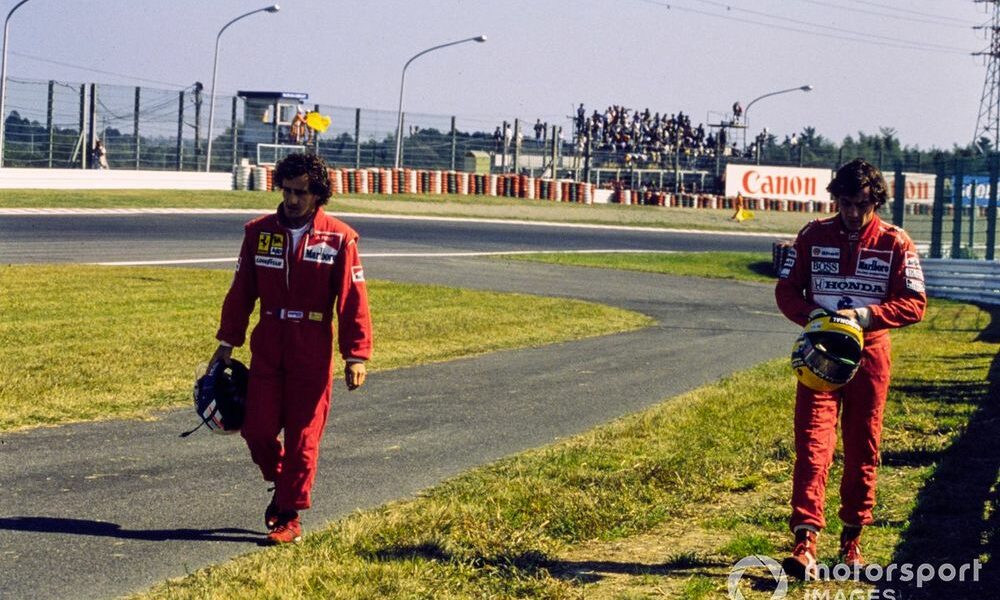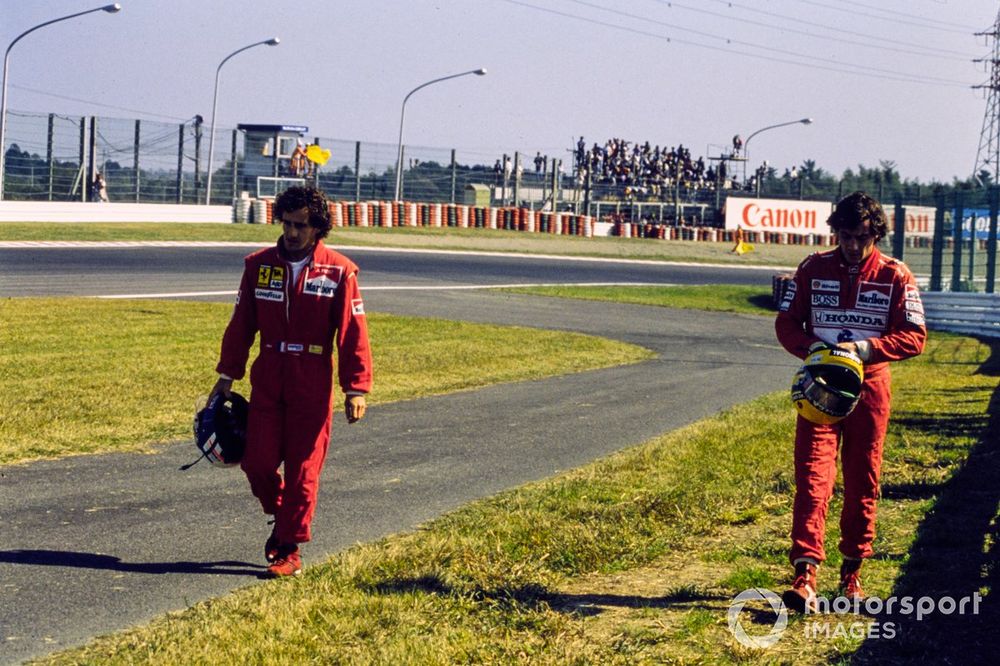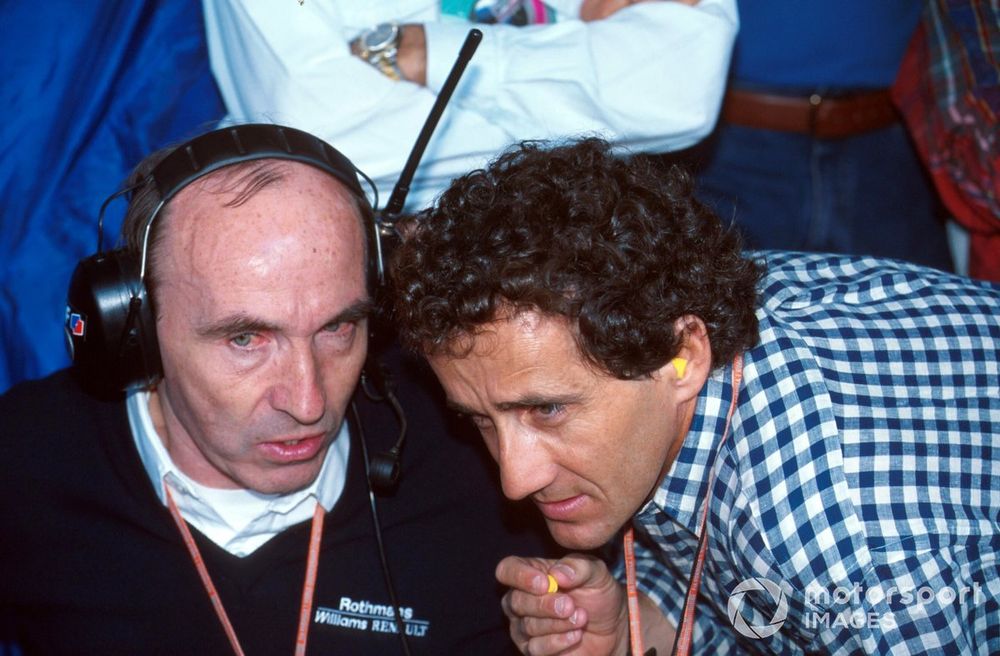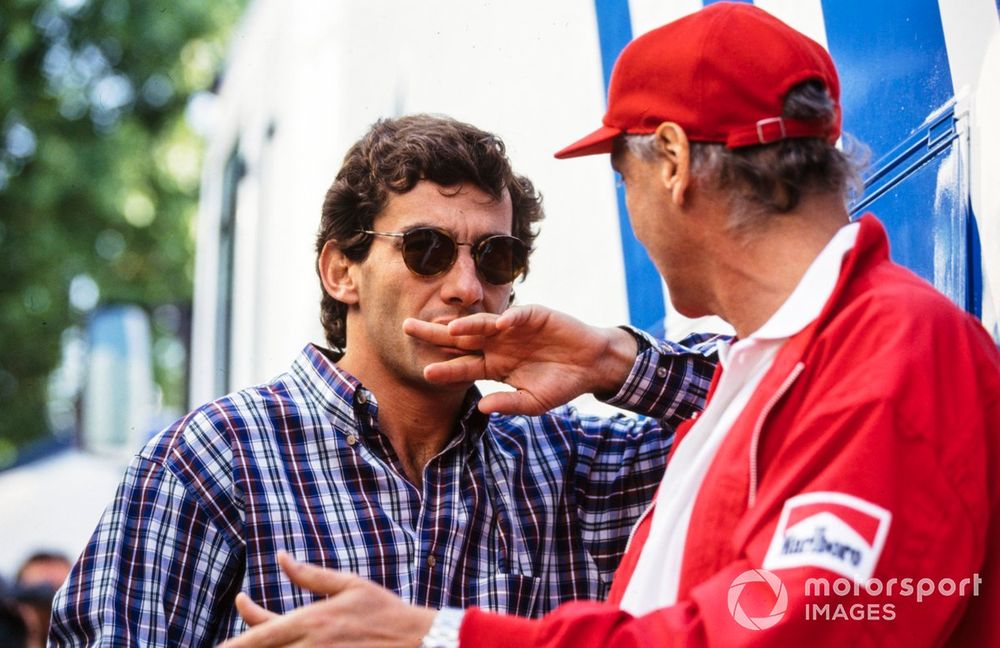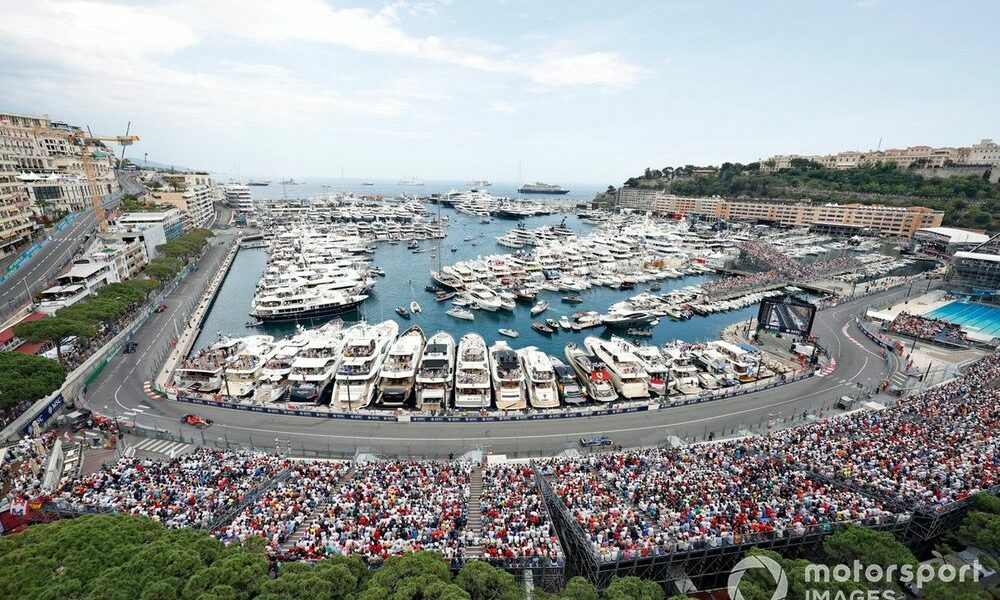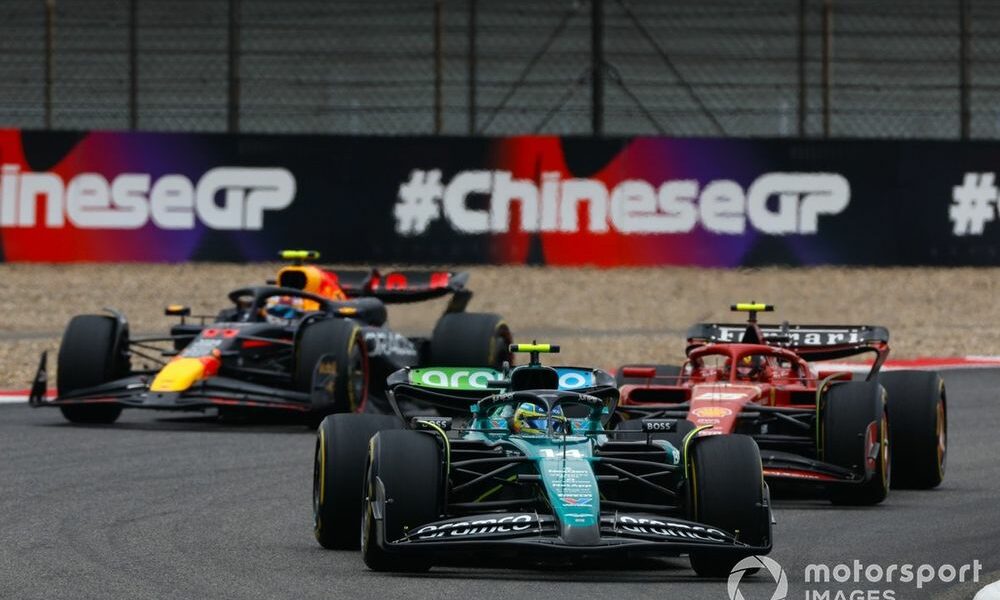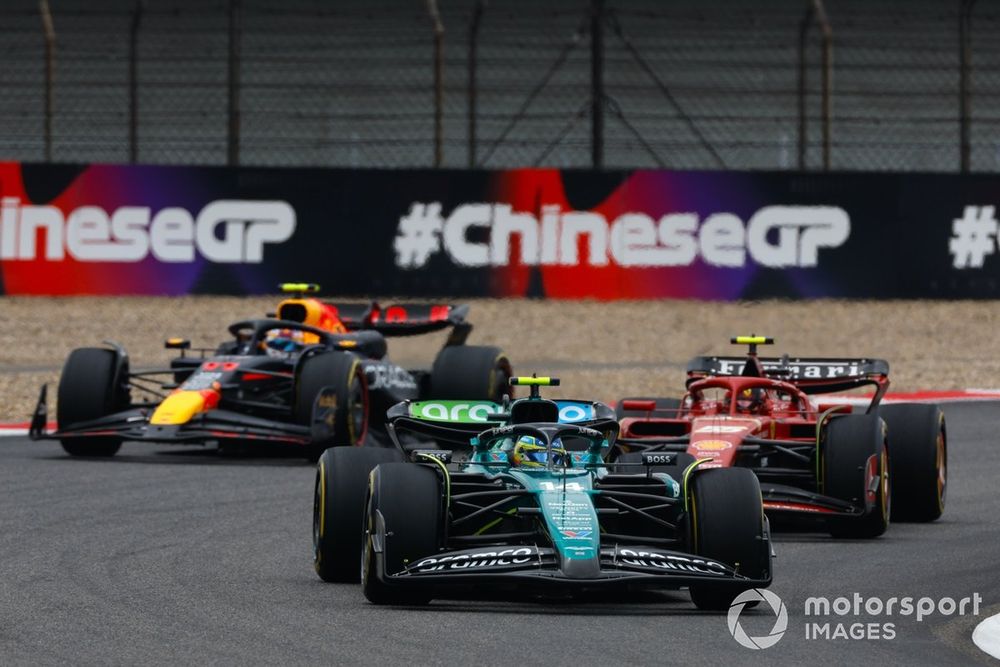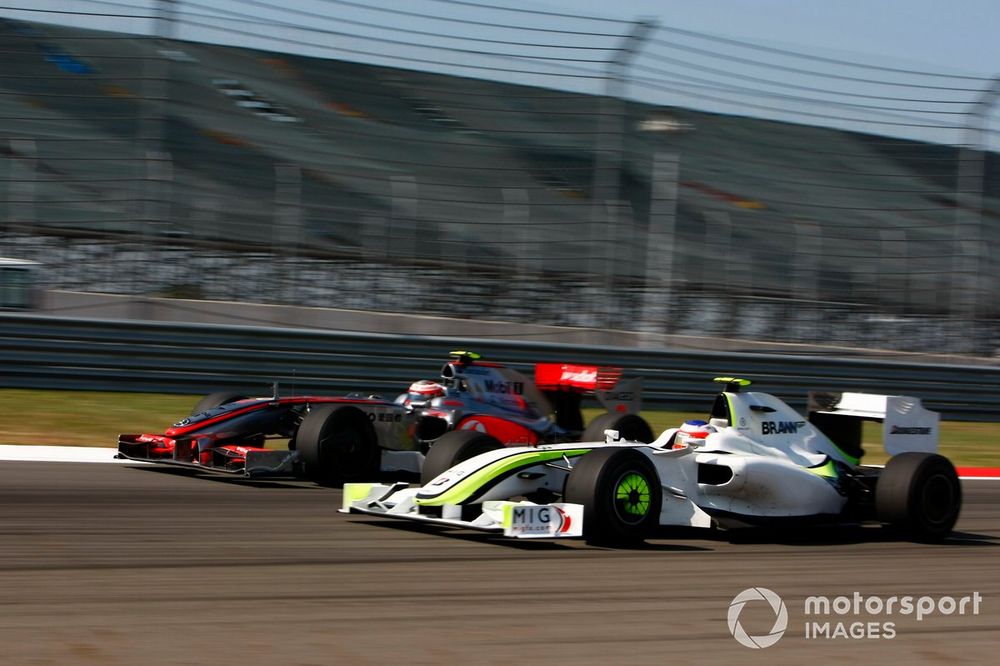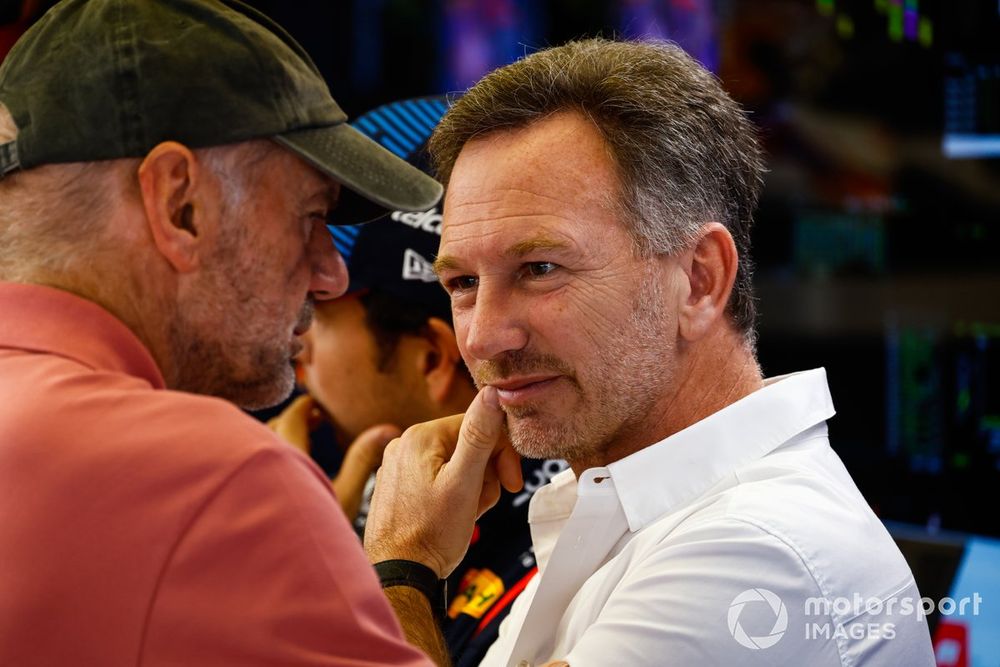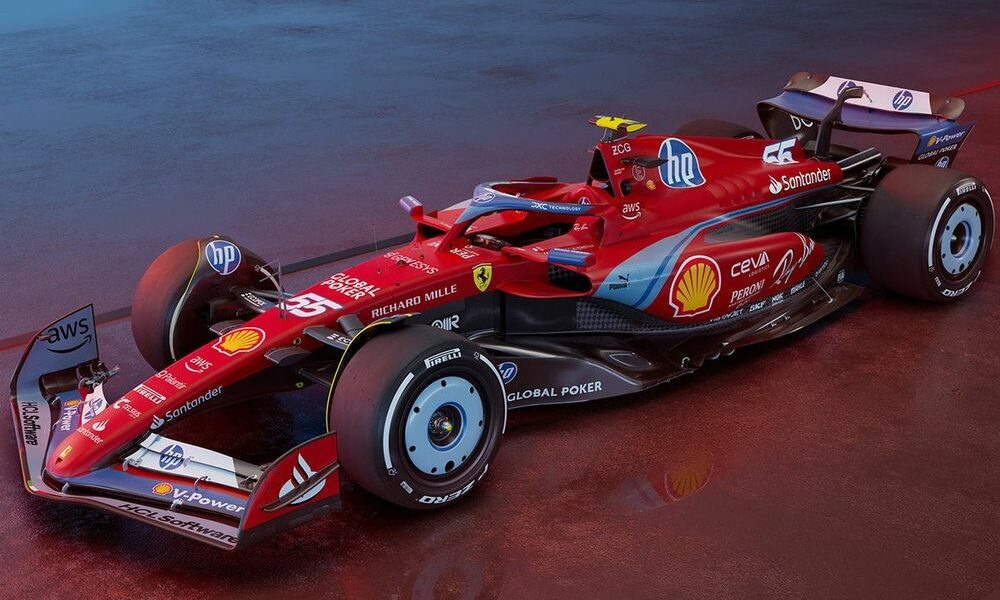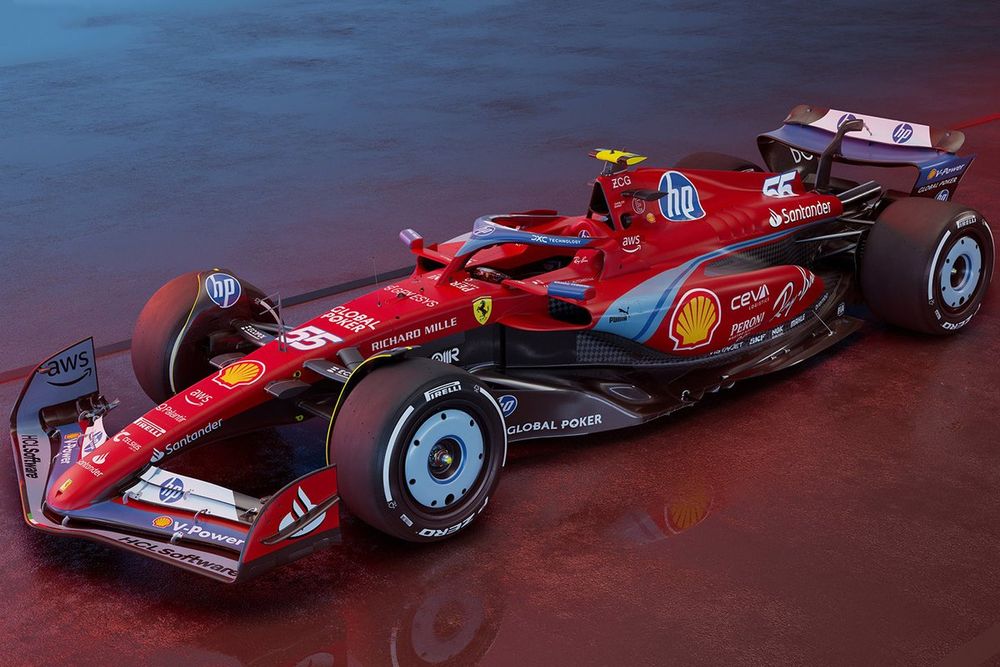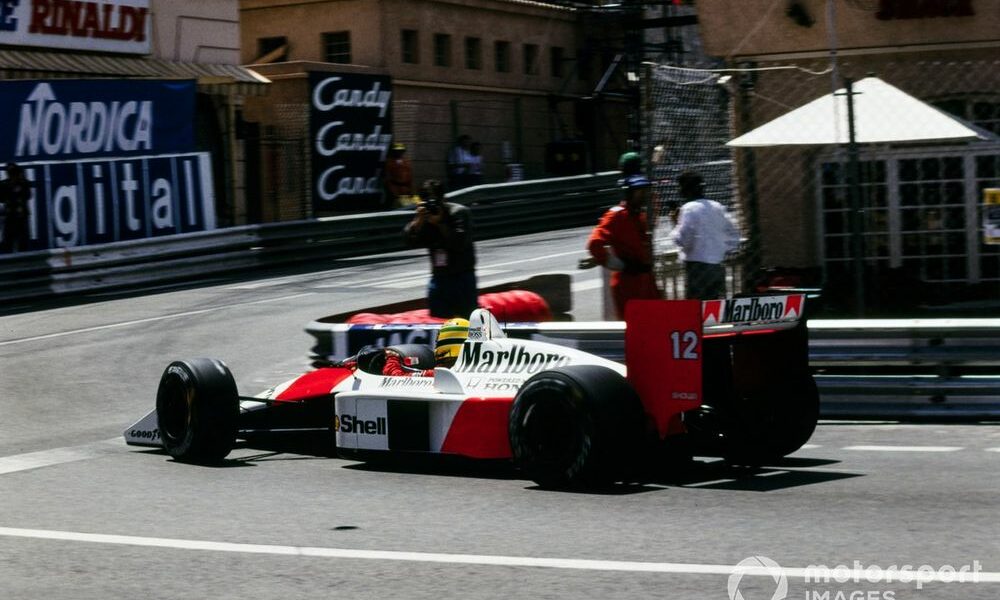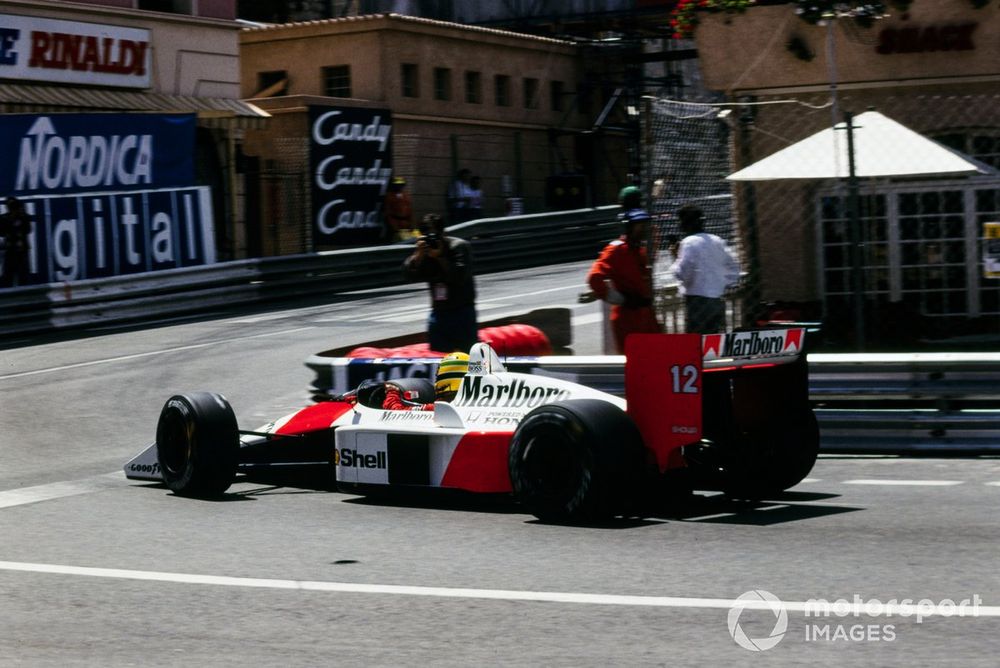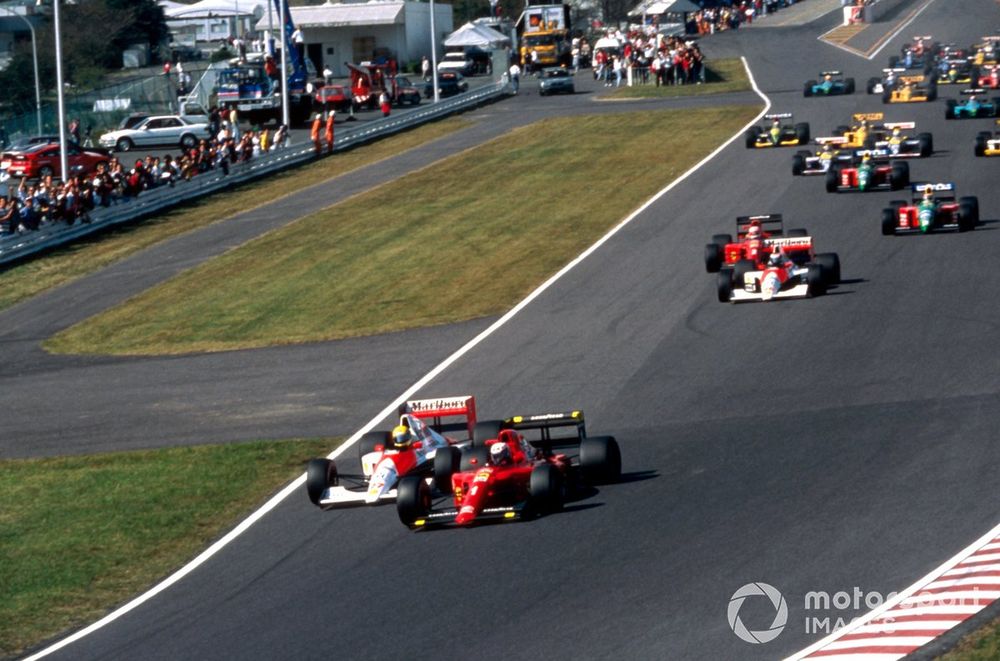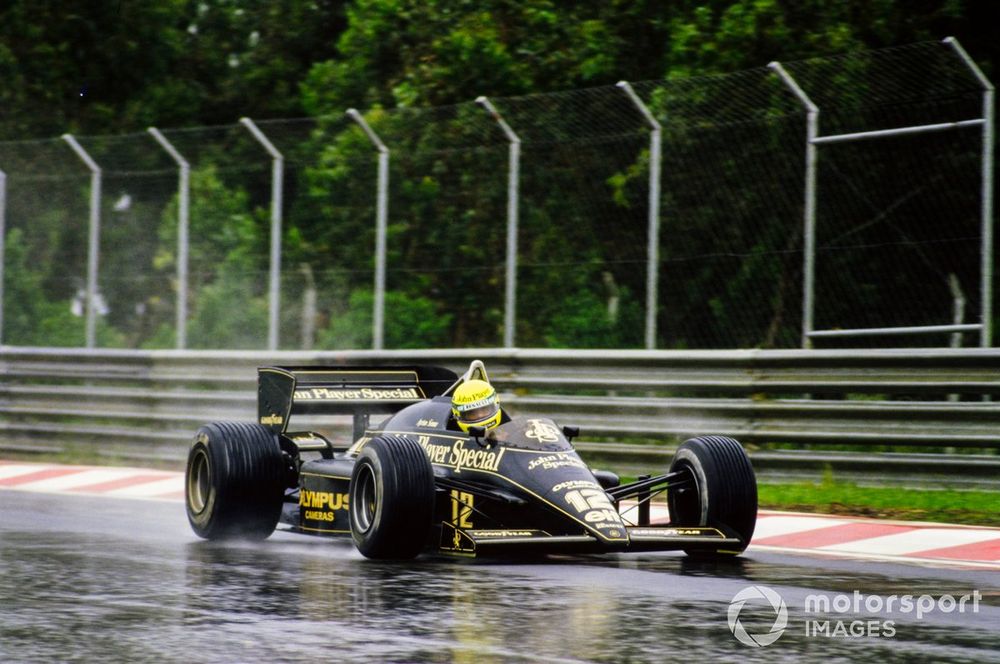Following a U-turn on its F1 future, Honda signed with Aston Martin to become the Silverstone team’s engine partner for F1’s all-new power unit regulations in 2026.
That means that, as it stands, Honda will no longer be powering the cars driven by its long-time protege Tsunoda, who rose through the ranks of its Honda Dream project to land a seat with AlphaTauri, now RB.
Speaking exclusively to Autosport, Honda Racing Corporation CEO Koji Watanabe said the company is keen to “keep a close eye” on Tsunoda and hopes he will be promoted to Red Bull, even if Honda is no longer on board.
“I think it’s a very beautiful story that Tsunoda would first play an active role at RB and then be promoted to Red Bull,” Watanabe said.
“Even if it’s after we’re gone, we would like to keep a close eye on him rising to the top teams.
“Tsunoda has graduated from the Honda Racing school, so that’s why from the HRC point of view it’s our dream that HRC students can become top drivers.
“So, it’s really important that Yuki becomes a top driver in Formula 1.”
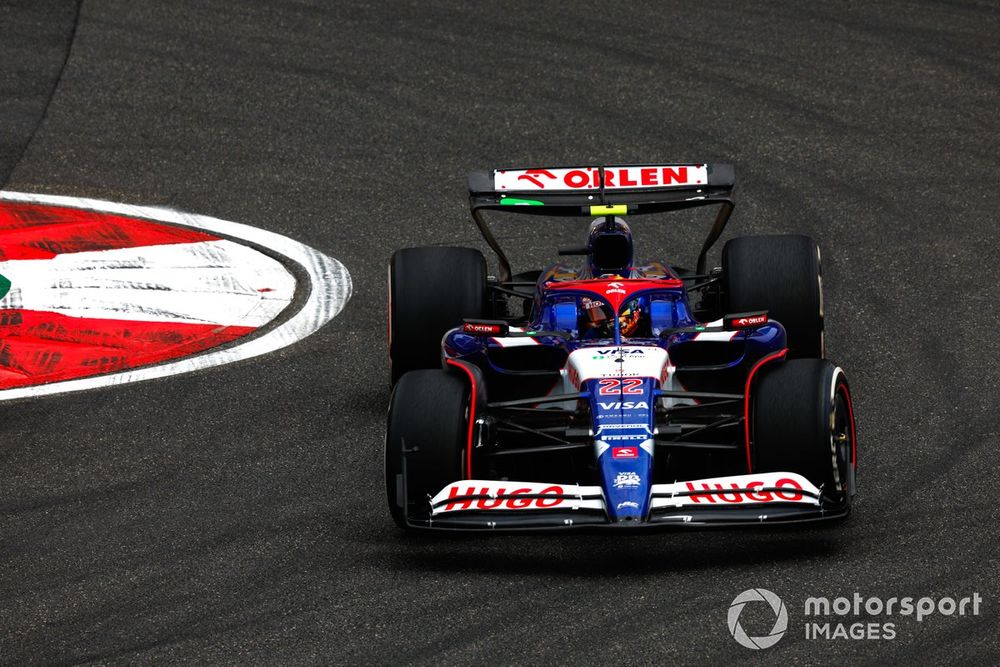
Yuki Tsunoda, RB F1 Team VCARB 01
Photo by: Zak Mauger / Motorsport Images
When asked if it would be awkward to remain on board as a personal sponsor of Tsunoda even if he drives for a different engine manufacturer, Watanabe replied:
“That’s not necessarily difficult. We have to decide about this and we have to see what the situation is then. But we can support Yuki to become a top driver, yes.”
A seemingly remote option is for Tsunoda to move with Honda to Aston Martin. The squad has recently re-signed Fernando Alonso to a fresh contract until 2026, but there is no indication of team-mate Lance Stroll leaving the team.
“We still don’t know what Aston Martin’s line-up will be like,” Watanabe weighed in. “Alonso has been confirmed, but I have not yet heard that Stroll has been confirmed.
“I don’t think there is a zero chance of that happening, so I think there is a possibility of that happening at this point.”
When asked if a Honda could field the 23-year-old at a customer team in the future, he said: “There may be other possibilities in the future, but right now we don’t have any other plans. At this point, we are not yet at the stage where we are expanding our customer team.”
Now in his fourth F1 season, Tsunoda has impressed by single-handedly helping RB hold sixth-place in a tight midfield battle with seven points scored.
But there appears little momentum behind the Japanese driver being considered for promotion to Red Bull’s main team.
Additional reporting by Ken Tanaka and Ronald Vording

